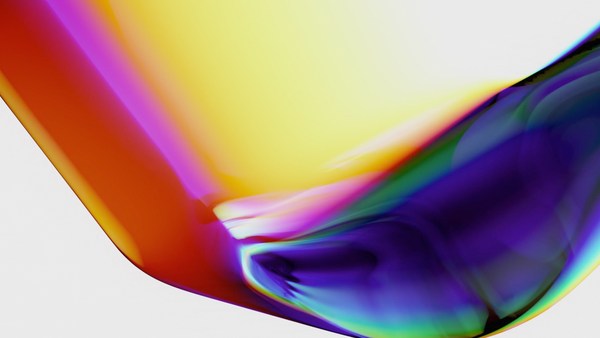Narrator: We have you here today specifically to try and learn a little bit about how the brain processes visual illusions.
Wei Ji Ma: My name is Wei Ji Ma. I'm a professor of neuroscience and psychology at New York University.
N: Great.
WJM: Our research focuses mostly on perception and decision-making. What's out there in the world, the brain has no idea, but it's trying to do its best to figure it out. And even though that process is pretty sophisticated, sometimes it goes wrong.
(Glass breaks)
The first step is that light enters your eyes. Just from the table or from the coffee cup, you get an image in your eye, but the hard work only starts after that. Very often, the incoming signals are not complete and they're not perfect, and your brain has to make sense of them. There are cases where this inference process goes wrong, and that's when you have a visual illusion.
N: Can visual illusions be proof that our brains make similar mistakes about other things, for example, in the areas of politics, economics or religion?
WJM: I probably don't want to go that far, but there's a metaphor there. It's good to consider other points of view. It's good to consider your own certainty. Illusions are merely a window in this kind of processing that's going on all the time, where our brain builds beliefs of what might be happening in the world.
N: What if we looked at a different illusion every day as a reminder that our brains can be wrong about the things we are most certain about?
WJM: As a scientist, I wouldn't be able to tell you that that's going to work, but it sounds like an interesting idea. You should try it and let me know how it goes.
(Music)
Sorry, can I do that again?


